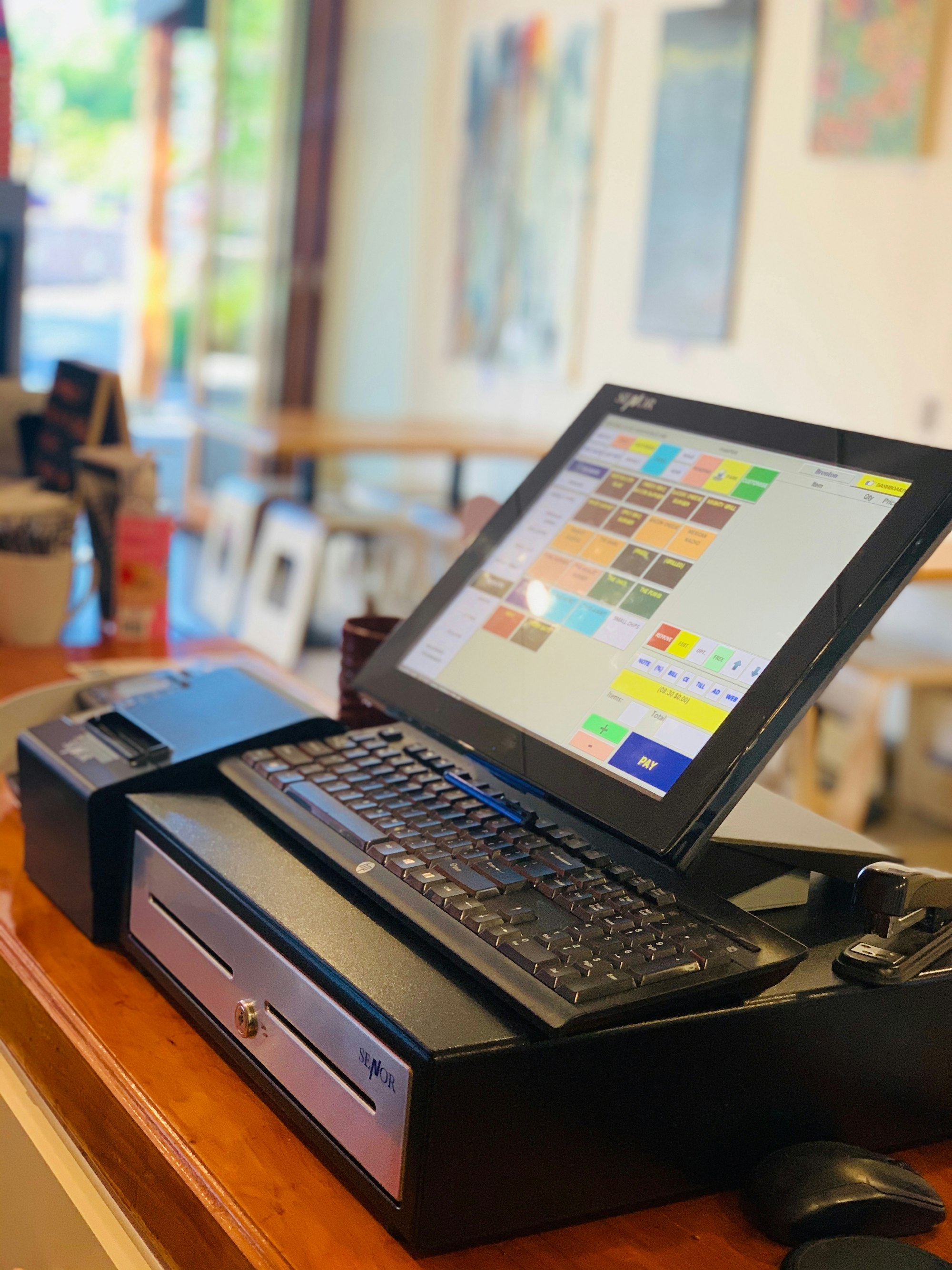What is an Order Management System (OMS)?
Order management has come a long way since the pre-internet days when orders were handled by company catalogers. There used to be only two sales channels which were important for registering off-site orders: phone and mail-in orders. Gone are the days of simply buying the right products, marketing them, and letting the order fulfilment processes sort itself out behind the scenes.
These days, a business can take in orders from a multitude of retail channels, including the web, phone apps, social media platforms, as well as third-party websites. Which means that modern order management isn't straightforward or easy.
Order Management becomes increasingly complex as the business grows and the number of places where the retailer sells its goods increases. Which means you cannot leave these important business functions up to chance. You need a dedicated system to handle and manage all of these tasks.
This is where Order Management System (OMS) software comes in. OMS integrates all of the business functions behind order fulfilment and inventory management and into a single, unified interface. That is why using OMS software is crucial to your success.
But firstly we have to ask—what is Order Management? And what does a modern Order Management System do?

What is OMS?
An Order Management System (OMS) is a type of business software which is tasked with automating the handling and processing of orders. The system is set up in such a way that it gives you oversight over every customer order that comes into your business.
In this way you are able to manage all of your orders and their fulfilment in one platform. If the OMS is set up correctly, it will integrate all of your operational functions in such a way that you can manage all of your orders in one place.
The software works in real time to track orders, manage the fulfilment process, adjust inventory levels, and gives you detailed analytical information in real-time. It tracks sales, orders, inventory levels, as well as the order fulfilment process.
This will have a positive impact on almost all of your business processes—your sales channels, your warehouse workflows, supply chain and the entire product lifecycle. All of these processes will become more cost-effective and time efficient. Because every order is fulfilled promptly and accurately, it becomes easy to keep your customers happy.

How Does Order Management Software Work?
The basis of order management software is to gather orders from customers from all the different sales channels in a business, and consolidate it into a single interface. Which means that you don't have to keep track of individual sales channels or log into a different point of sale system to get sales and order data. The program provides a single dashboard where order data and insights may be managed.
This makes order management software especially useful for eCommerce companies. The order management software will automatically track all the orders flowing into the business through the various sales channels. Then the software will alert the proper sections of the company to facilitate and expedite order fulfilment.
The program will also make adjustments to the inventory levels in real-time to ensure that the inventory numbers are always accurate. In short, the OMS consolidates all of your core operational functions and enables you to control the different steps of order fulfilment from a single interface.

The Benefits of an OMS
Here are some of the benefits of using an Order Management System (OMS):
- The OMS gives you a complete overview of all business activities across your business and sales channels—whether sales originate from your website, phone app, mail-in orders, or in-store. The system will then give you the option to create specific actions that kick in at certain points of the transaction, for example to send an email, or contact a customer.
- The program stores and manages all order and customer information in one convenient location, which allows you to filter and search through this data.
- The OMS manages eCommerce operations—which will improve your efficiency and ultimately improve customer satisfaction.
- The OMS will help you to manage all your sales channels and suppliers, which means that you can route orders from the most cost and time efficient supplier or warehouse to each customer.
- Since this process is automatic, you give a matter of control to your customers over their orders and accounts.
- You can create order workflows that match your business and current operation strategy. This system is flexible and will also be scalable to grow as your business grows.
- The system will also communicate automatically with any accounting or inventory systems you're already using in your business.
- Finally, administrators of the system are able to control which members of your staff can access which areas of your software system and business processes.

Signs that Your Business Needs an OMS
What are some of the signs that your business needs to upgrade to an OMS to handle your day-to-day order fulfilment duties?
Firstly, as your business grows and your sales numbers go up, it usually becomes more and more difficult to process all of those orders. Sales staff take too long to enter sales and customer data, which can cause errors in the shipping addresses and other information and cause critical errors.
There comes a point when a manual order fulfilment system becomes inadequate. In a manual system, all of the customer and order information has to be consulted manually in files or perhaps a spreadsheet. This makes it difficult and time consuming to track orders from specific customers.
If this is your current situation, you probably need dedicated software to handle all of your order processing across sales channels and fulfilment methods. Your online business will definitely benefit from the workflow automation that comes with an OMS.
Here is a checklist which will help you to decide if it would be worth the investment in time and money for you to get an OMS for your business. If you struggle with any of the following, you need an OMS:
- You process more than 10 orders a day.
- You have to juggle orders coming from multiple sales channels—for example, you have an online store, you sell through various online marketplaces, plus you have a brick-and-mortar store.
- You fulfil orders with the help of multiple suppliers or third-party-logistics (3PL).
- You or your staff often make critical errors like shipping the wrong product to the wrong address.
- Processing orders takes several days with a resulting lag in delivery times.
- You don't have automatic visibility or reporting of your current processes which makes it difficult to grow and manage your business.
All of these factors show that you need a better method to handle your order fulfilment processes. What some people don't realise, is that an OMS will also help you identify weak points in your order fulfilment process and which parts would need the most attention to get right. Face it, if you want to be successful in the retail space, you need to take control of your order fulfilment process and get it right.

Conclusion
Managing orders is complicated and time consuming. It requires several parts of your business working together in perfect sync: sales, warehouse management, inventory, shipping and fulfilment, as well as accounting and other functions.
This is why a dedicated software platform to handle these functions becomes essential. You have to keep track of your inventory at all times as well as every order that comes into the business.
An OMS becomes essential if your business operates through multiple sales channels—which can easily overwhelm your order fulfilment system. When you have a multichannel operation, it becomes even more crucial for the information across the different business units to be consistent and accurate. If you're still using a manual system, this is all but impossible.
OMS is very effective at providing cross-channel reporting which will give you continuous, accurate reporting with regards to revenue, orders, and units sold. Since an OMS will sync all of your information in real-time, you and your team will be able to manage orders in a timely and accurate fashion. The program will also allow you to allocate a specific percentage of the inventory to a specific sales channel and make it available for sale.
You will be able to get an oversight of all the various channels in your business in one spot—including the status of your warehouses, inventories, products, and orders. If this is not the case, there will be problems with lost or wrongly fulfilled orders, the warehouse running out of stock, and eventually unhappy customers.
Your goal is to strive for a great customer experience using an automated system that will result in fewer errors. OMS is the future of retail and automating your order fulfilment will give you a real edge over the competition.